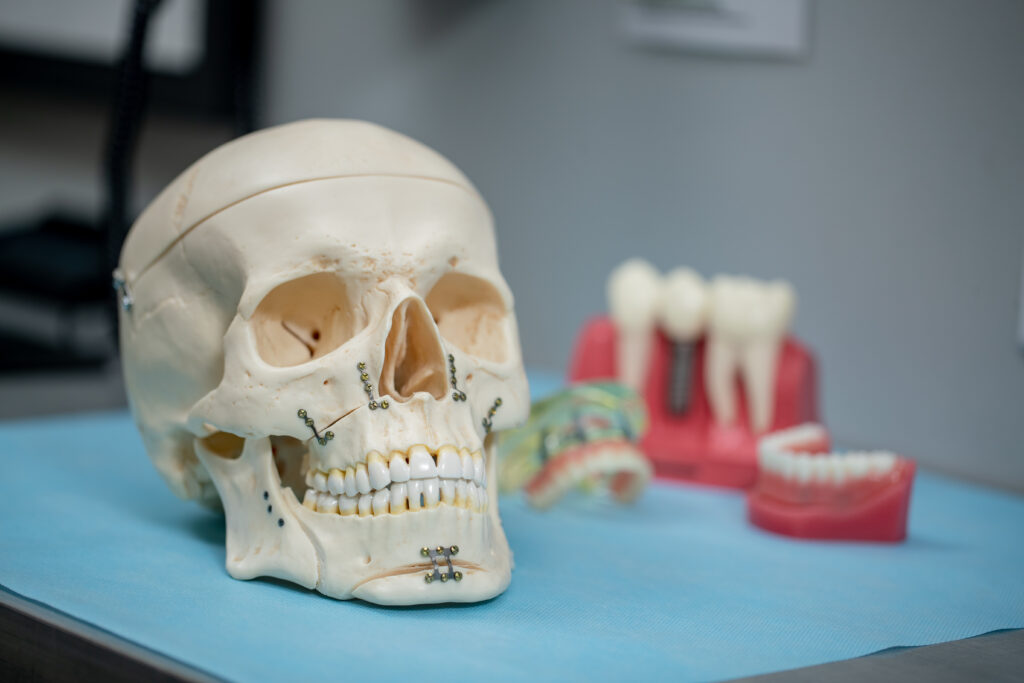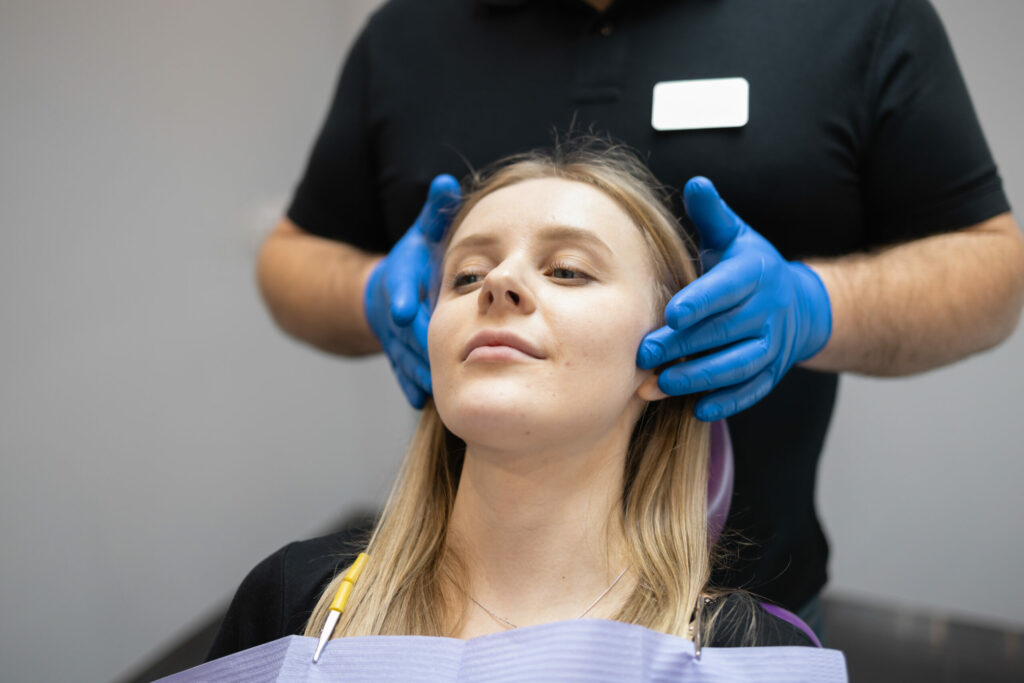GENIOPLASTY


What is genioplasty?
The chin is a surprisingly important feature, having a profound aesthetic impact on the face. For example, a weak or very large chin may disrupt facial proportions, creating the illusion of a large or small nose or full neck, while a chin of proper proportions enhances and complements other facial features. Genioplasty, also known as “chin augmentation surgery” or a “chin lift”, reshapes the chin for improved facial harmony. The chin can be moved in any direction (left, right, up, down) to correct imbalances. There are two types of genioplasty: sliding genioplasty (contouring/moving the natural chin bone) and augmentation genioplasty (silicone chin implant).
Who is a likely candidate for genioplasty?
Genioplasty benefits patients whose chin size is disproportionate to their other facial features. It can reduce the appearance of a double chin and strengthen the profile to significantly enhance your appearance. It is often paired with other facial contouring procedures such as neck lifts, face lifts, and rhinoplasty.
During the procedure, you will be sedated under IV anesthesia. A small incision will be made on the inside of your lip in front of the gum to prevent visible scars. During sliding genioplasty, we cut the chin bone, a procedure called an osteotomy. The chin is then repositioned to optimize chin strength and overall appearance. During augmentation genioplasty, a synthetic implant is positioned in front of the chin bone. Small titanium plates and screws are typically used in both procedures to secure implant and bone materials. You will receive dissolvable sutures to close the intraoral incision. The procedure takes approximately 1 hour.
Recovery
After the procedure, a bandage will be placed on your chin to ease inflammation. The bandage will be removed in our office 1-2 days later. Postoperative swelling and bruising are common, but discomfort is mild and can be controlled with the use of medication. Your stitches will dissolve in 7-10 days. Recovery time is about 2 weeks.
Risks
- Lip numbness is a potential side effect that should go away in the next couple of weeks as you recover.
- Infection is also a possibility. In the case of an infection, we may decide to remove the titanium plate and screws from the surgery site, but they are generally permanent fixtures.
- Mild bleeding from the incision site is normal and should go away after the first 24 hours.
Get to know us.
At Washington Oral & Facial Surgery, we know how to help you. Our board-certified surgeons and expert staff can provide the care you need to relieve the discomfort you feel.


